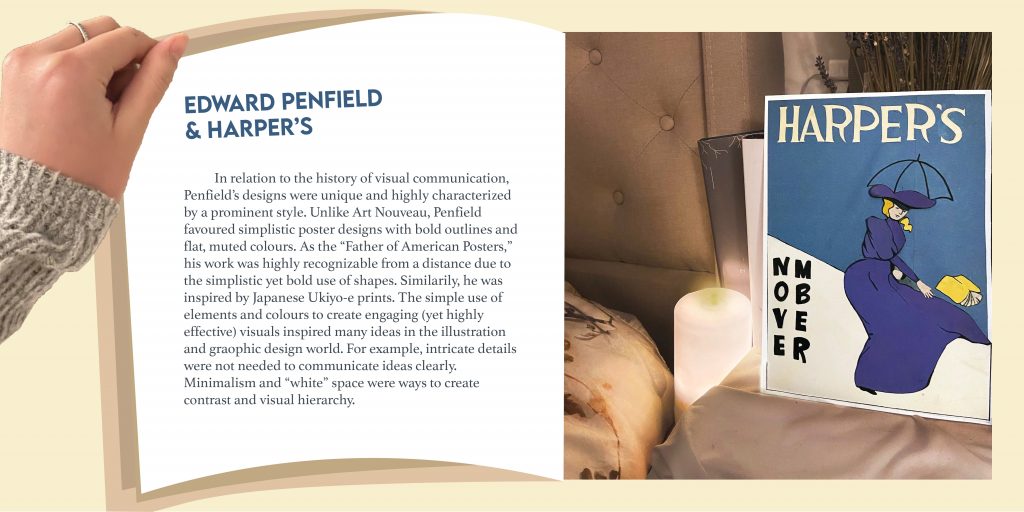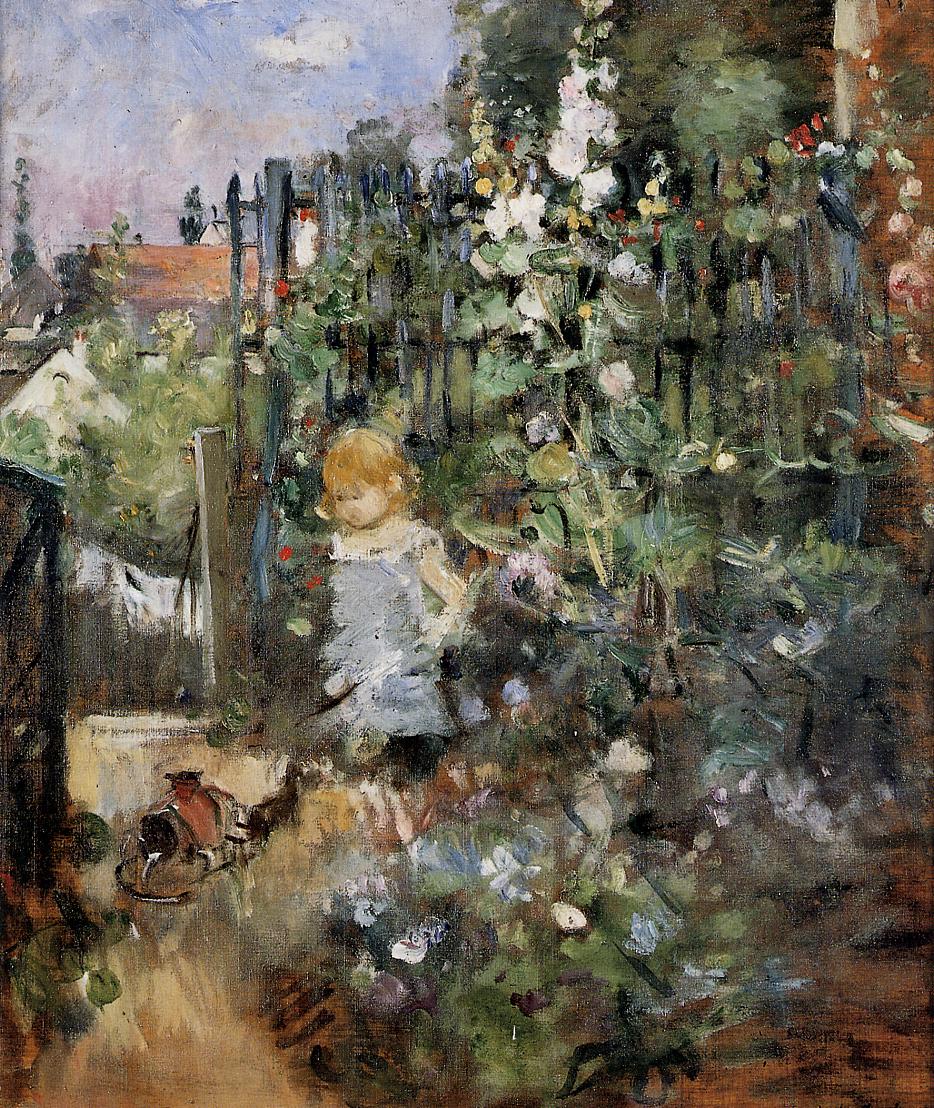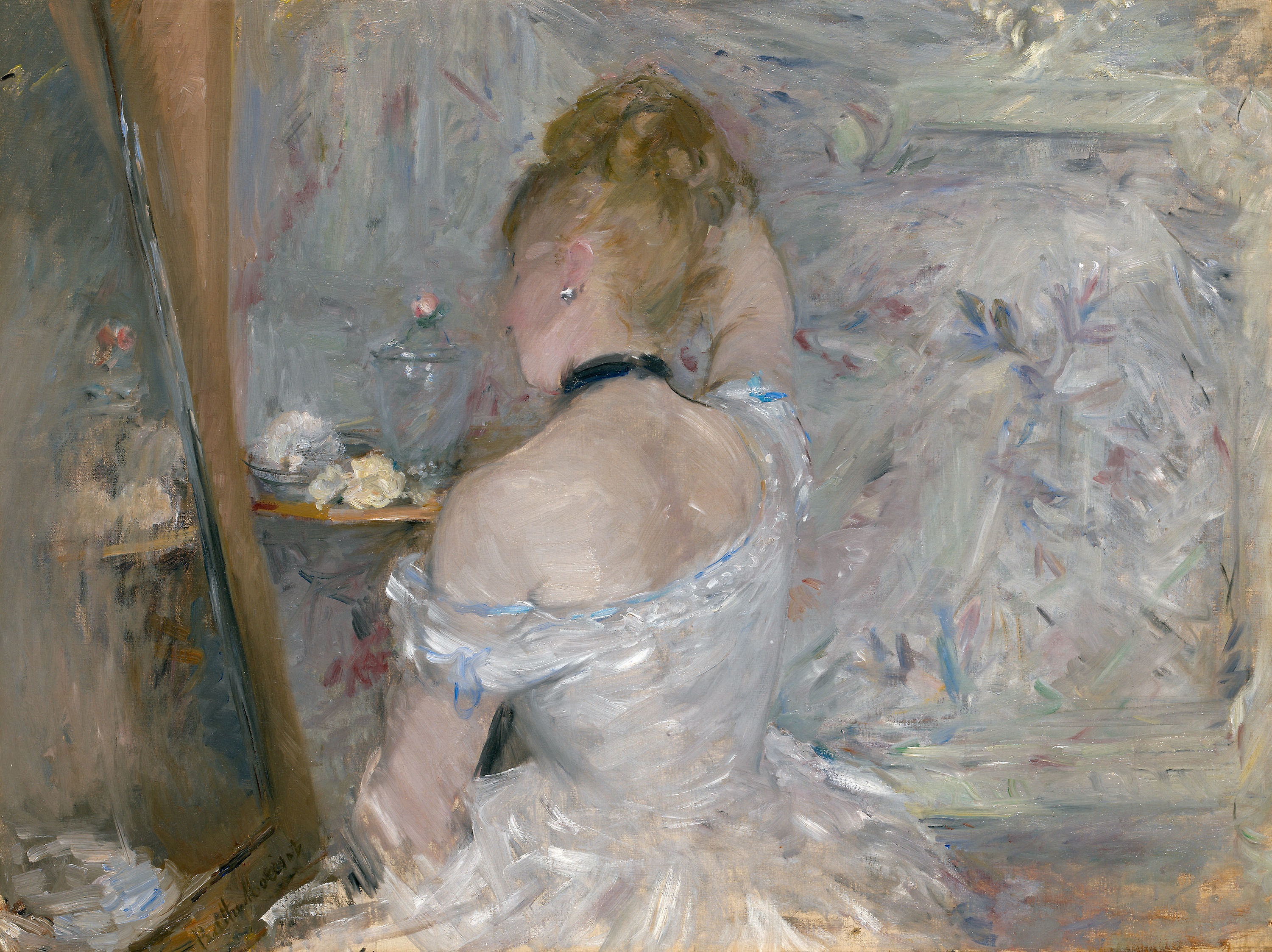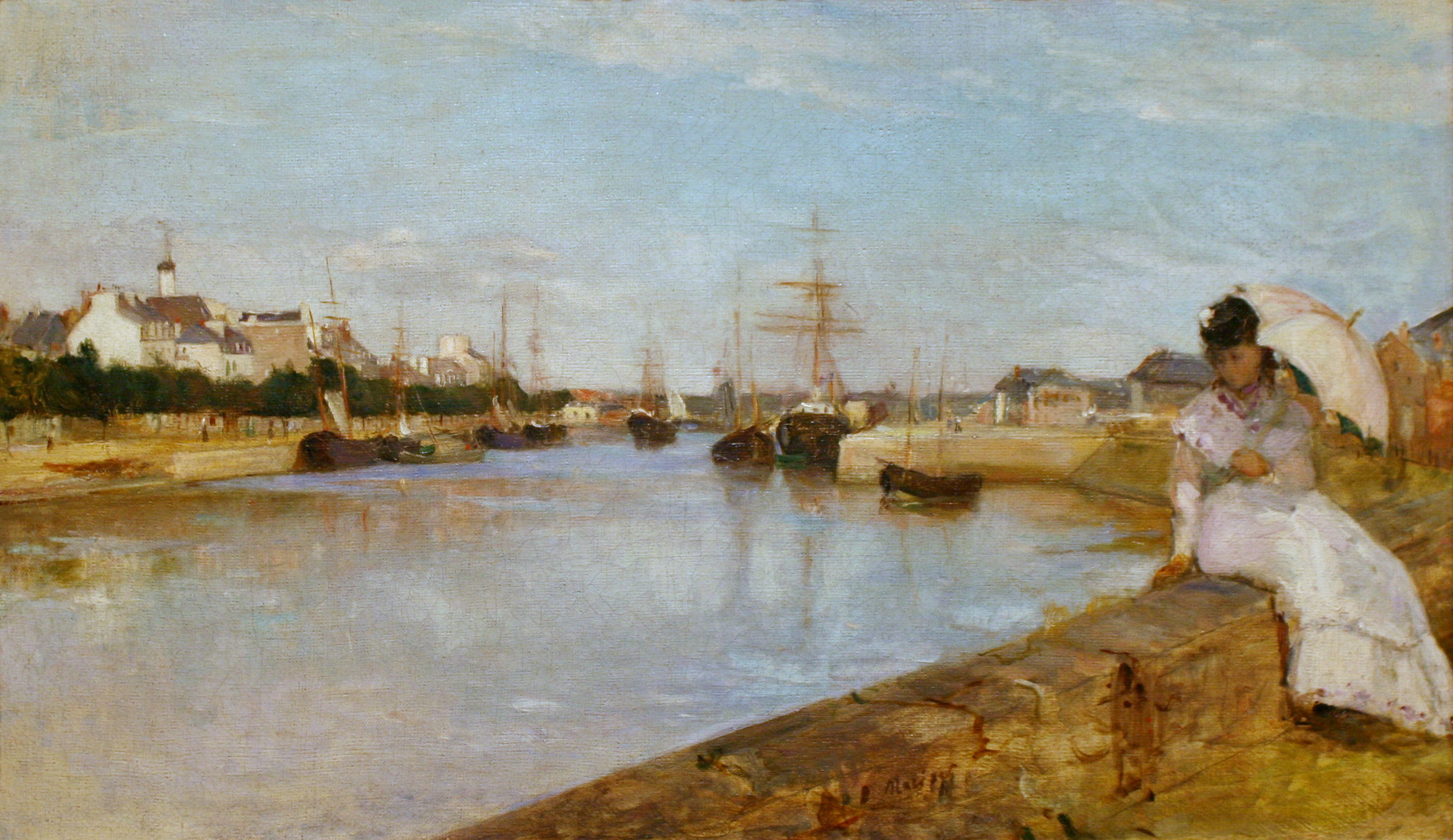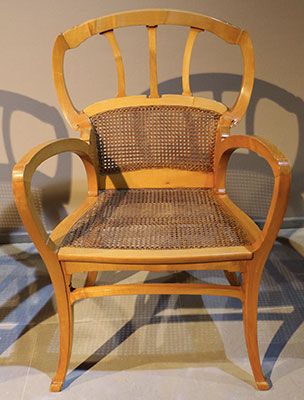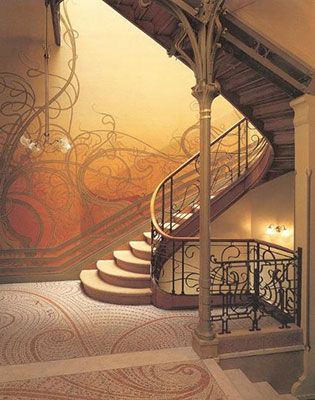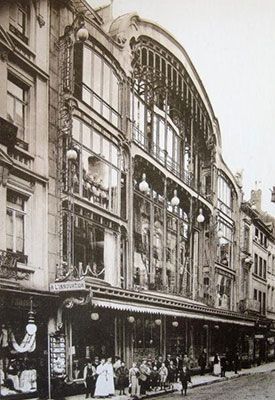Kay Sage was an American Surrealist painter, focusing more on unconventional imagery like geometric shapes, muted colour palettes, scaffolds, and mechanical elements over organic ones to convey the harshness of her psychological state. This was due to her troubling childhood. Although she was privileged financially, her parents did not get along well and ended up leading separate lives. She herself did not have a harmonious relationship with her partner. However, when he died, that proved to be detrimental and greatly affected her work.
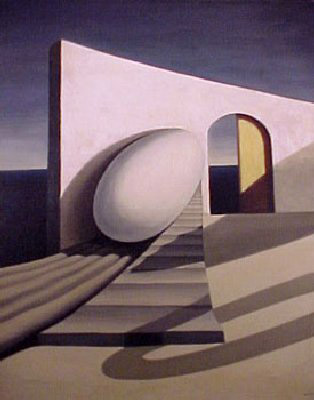
Sage was often inspired by the symbol of an egg, which is a reflection of her father’s egg collection. It also symbolizes potential growth. This juxtaposition between the fragility of the egg and the sturdiness of the wall is what makes this work compelling for me. The position of the egg is also kind of strange. It is placed on an angle, seemingly about to roll away at any given moment. The architectural element is reminiscent of Italian influence and I particularly enjoy the use of space that it creates, as the horizon line and exaggerated shadows suggests depth.
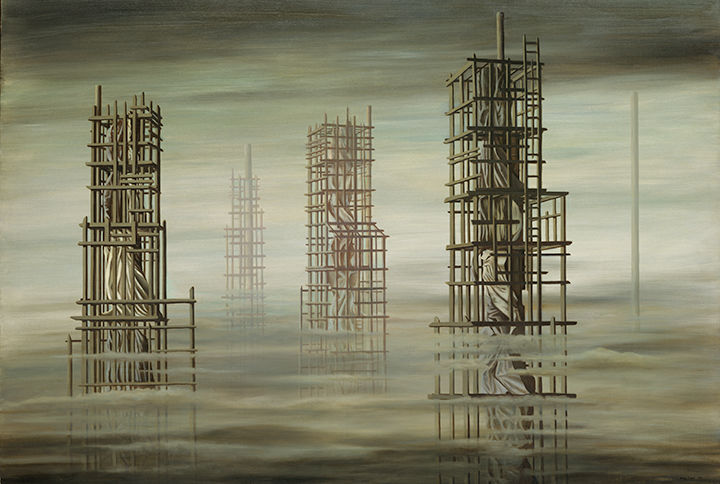
Tomorrow Is Never is a work that I feel emotionally connected to. The groggy eeriness and polluted colours evokes a sense of grief and burden. The use of scaffolding gives it a sense of instability. These towers seem to float in the air, giving it a dream-like atmosphere.


https://www.theartstory.org/artist/sage-kay/
https://www.wikiart.org/en/kay-sage

